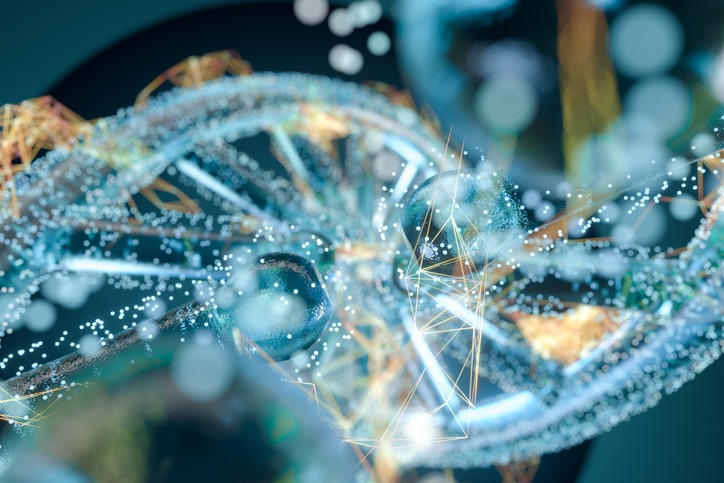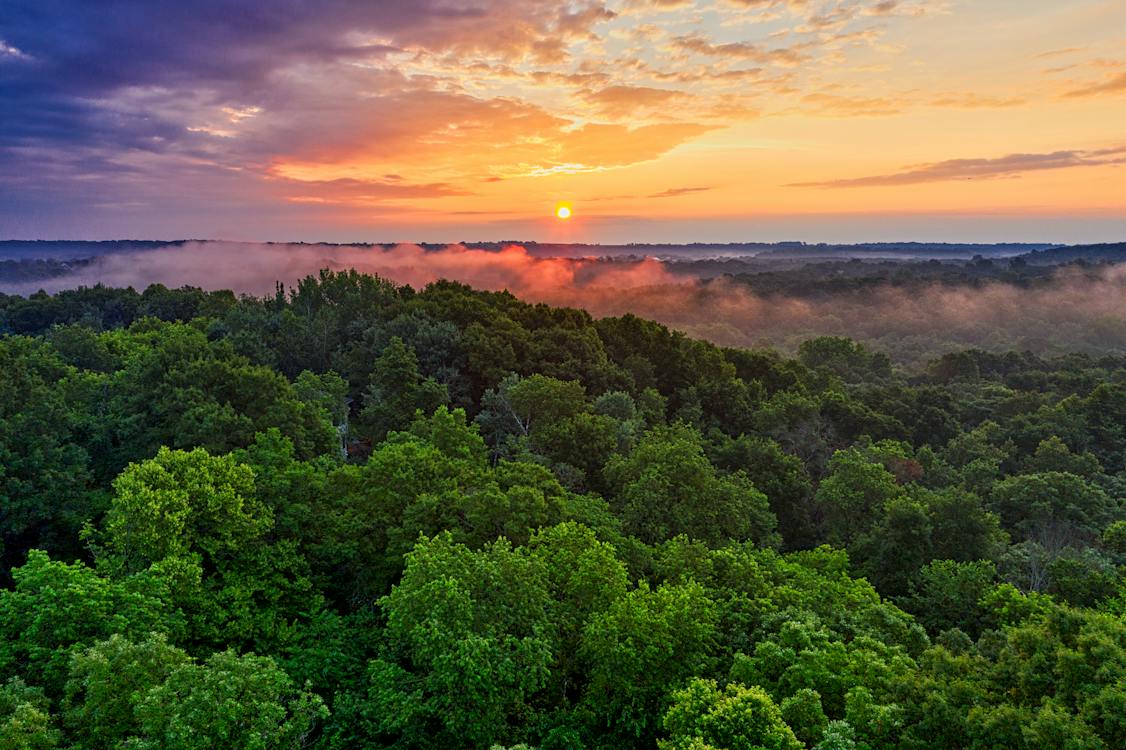Because of our busy lifestyles and hectic schedules, it’s easy to forget how truly amazing and mesmerizing our world is. Science has presented us truths about the world around us, and many of them we are still unaware of. The mysteries are probably endless, but here are few of the many fascinating science facts:
1. If uncoiled and put end to end, all of the DNA from an average person’s body can reach Pluto from the sun and back 17 times.
The human genome contains 23 DNA molecules, each containing around 500 thousand to 2.5 million nucleotide pairs. When uncoiled, DNA molecules of this size are 1.7 to 8.5 cm long, or about 5 cm on average. If you’d uncoil all the DNA encased in about 37 trillion cells in the human body and put them end to end, then these would sum to a total length of 2×10^13 meters. That would be equivalent to nearly 70 round trips from Earth to the sun, or 17 round trips from the sun to Pluto.
2. The human body carries more bacterial cells than human cells.
When people talk about germs and bacteria, we always tend to think about the dirty and nasty things we don’t want near us. We keep disinfectant alcohol on our hygiene kits, compulsively wash hands, clean our countertops and toilets, but the truth is, we cannot get away with bacteria. Our body is full of bacteria (fortunately, the good ones) and they are mostly in our skin and guts, helping our bodies function well. One example is that bacteria produce chemicals that enable us to harness energy and nutrients from the food we eat. They are important for our survival.
3. You can see even without your glasses by just using your hand.
If your vision is imperfect and unfortunately, your glasses were accidentally smashed or your contact lenses fell off and disappeared, there is still hope for you to see things more clearly temporarily. All you need to do is to make a pinhole with your hand and look through it. It focuses the light coming into your retina and you will be able to look at something more clearly, no matter how blurry your vision is. Try it! It may not give you a 20/20 vision, but it’s a great help while you have no glasses or contact lenses with you.
4. There are actually 29 different blood types (or probably more).
Most people are aware of the blood types O, A, B, AB, and their positive and negative subtypes – but actually, they are just the most common. The International Society of Blood Transfusion has identified a total of 29 human blood group systems. One example of the rarest is the Bombay subtype, which is common for a small group of families in Japan.
5. The heart pumps the entire blood volume around the body in just 60 seconds.
Human bodies have about 5 liters of blood, and the average heart pumps about 70 mL of blood out with each beat. A healthy heart beats about 70 times a minute. So if you do the math by multiplying the amount of blood that the heart can pump by the number of beats per minute, you get about 4.9 liters of blood. For just 60 seconds, all your blood has circulated around your body. Plus, a single red blood cell can even make a complete circuit in your body in just 20 seconds. Fascinating, right?
6. An average person walks the distance equal to five times around the Earth in a lifetime.
A moderately active person walks for around 7,500 steps a day. If that daily average is maintained until that person is 80 years old, a person would have walked about 216,262,500 steps in a lifetime. That stride is equivalent to a distance of around 110,000 miles, or five times around the Earth right on the equator.
7. The Amazon rainforest produces around 20% of Earth’s oxygen.
The majority of living matter on Earth needs oxygen to survive, converting it into carbon dioxide as they exhale. Plants and trees help us by continually replenishing the oxygen supply in the air through the process of photosynthesis. The Amazon rainforest, with its diverse species of plants present, covers 2.1 million square miles, enabling it to produce a great proportion of the planet’s oxygen.
8. An average person sheds 105 lbs of skin in one lifetime.
The human skin is an amazing body organ. Every hour, the body sheds around 600,000 particles of skin. It’s around 1.5 lbs a year, or about 105 pounds by the age of 70. Also, the skin completely replaces itself 900 times in a lifetime.
9. Water can make reactive metals explode.
Some metals – like sodium, potassium, lithium, rubidium, and caesium – are so reactive that they instantly tarnish when exposed to air. They also tend to explode when in contact with water. It is because the hydrogen ignites immediately during the reaction between the alkali metal and water, producing sparks and flame.
10. Boiling and freezing can be achieved at the same time.
A liquid substance called cyclohexane can boil and freeze at the same time when inside a vacuum container. It’s called the “triple point,” and it occurs when the pressure and temperature are just right for the three phases of a substance to co-exist in a thermodynamic equilibrium.
11. Pregnant women have 50% more blood by week 20 of pregnancy.
A pregnant woman does not only grow a baby, but she’s also growing a whole support system for the fetus to survive. By week 20, a pregnant woman has 50% more blood than she did before as a support to the uterus. By the end of pregnancy, the uterus receives one-fifth of her pre-pregnancy blood supply.
12. The largest living structure in the world is about 2,000 kilometers long: the Great Barrier Reef.
The Great Barrier Reef is a system of about 3,000 reefs and 900 coral islands, wherein huge numbers of coral polyps – soft-bodied invertebrate animals – actually live. Covering an area of around 350,000 sq. km and spanning more than 2,000 km, it is the only living structure in the planet visible from space. However, climate change, man-made disasters, and pollution gradually destroy some coral colonies from the reef.


